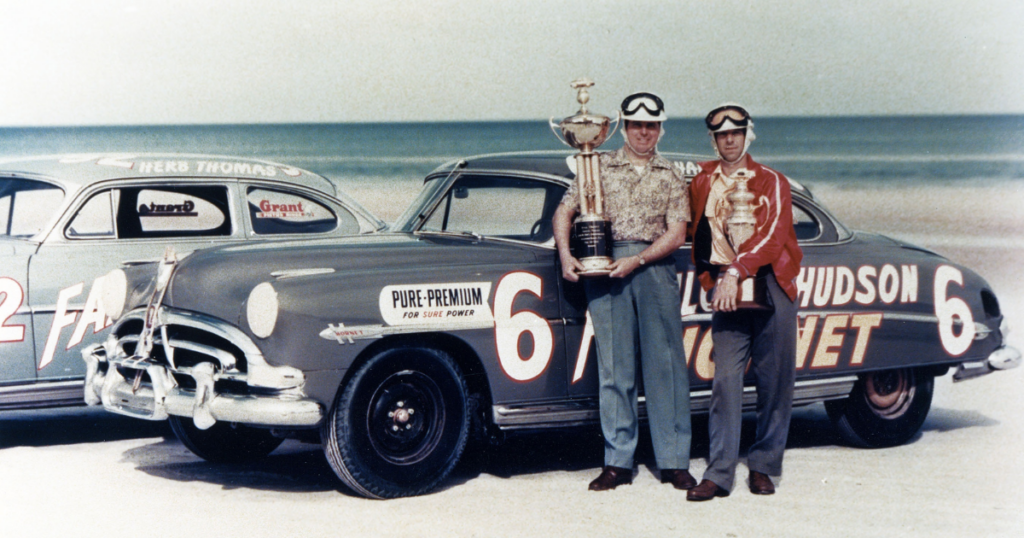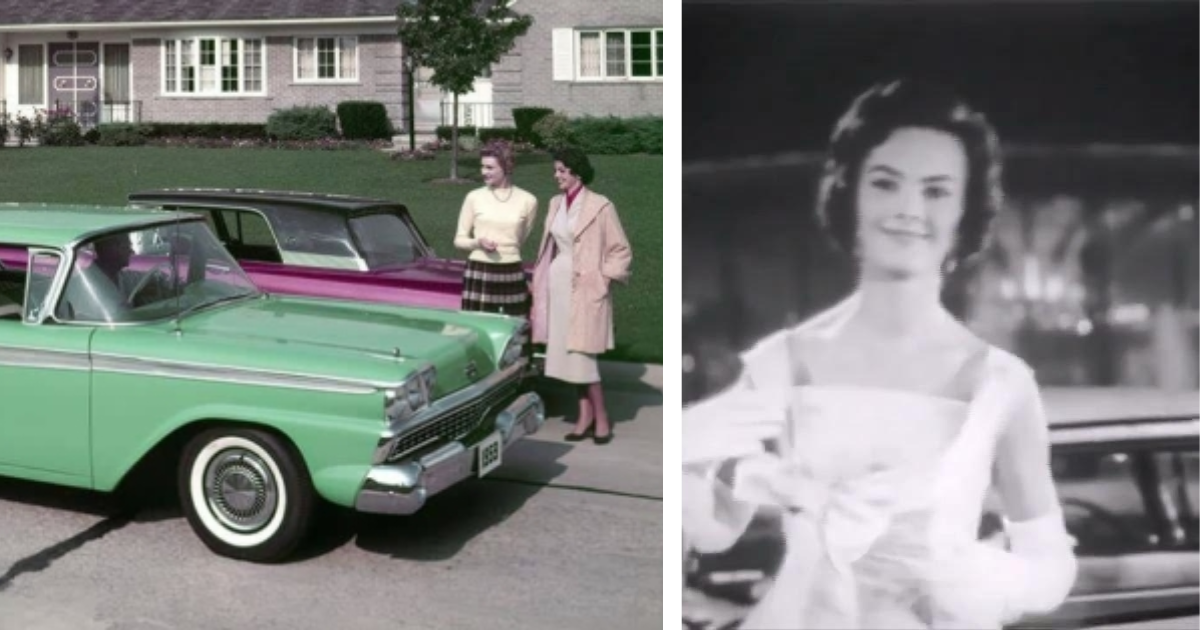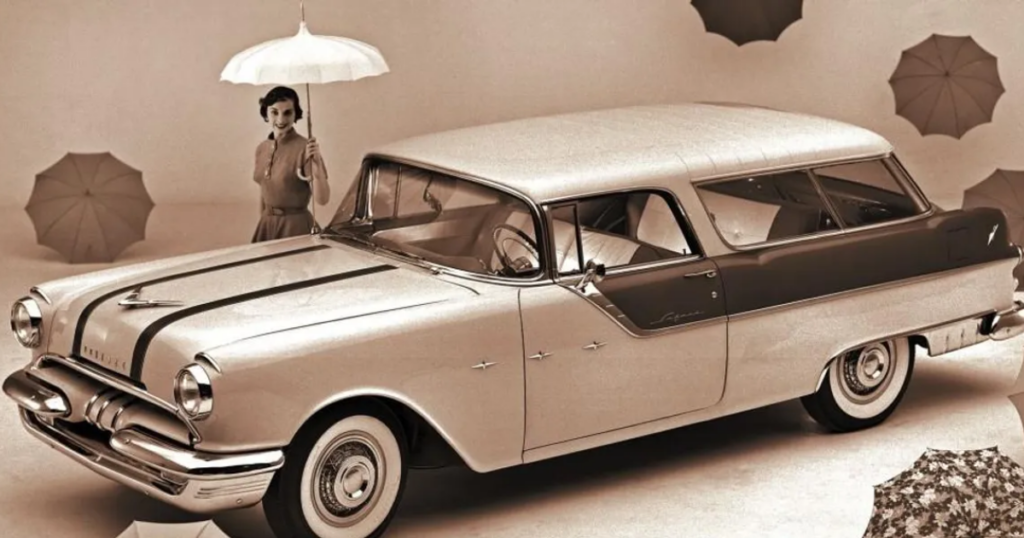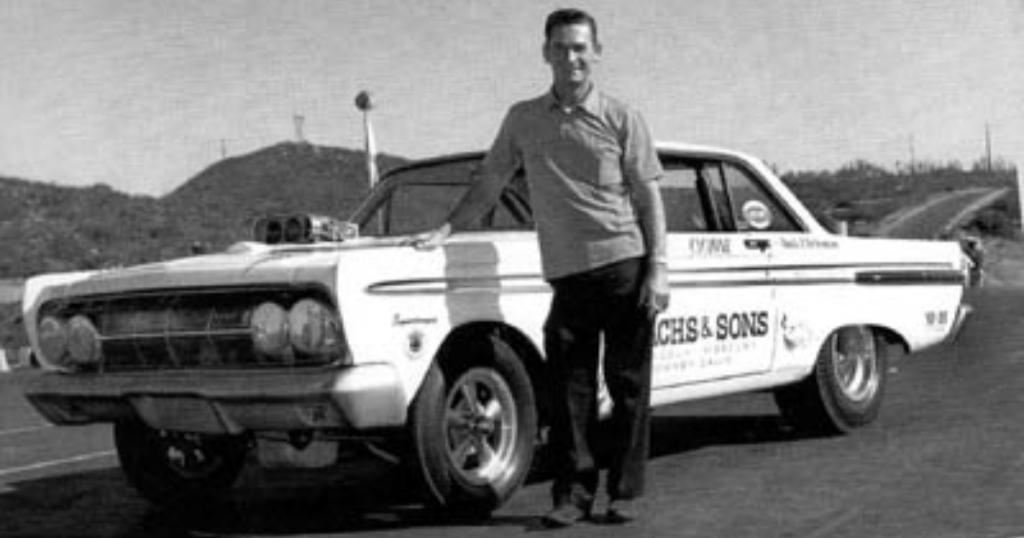
The wild child of drag racing, the funny car, didn’t start with a single vehicle or driver. However, Jack Chrisman, with his ’64/’65 Mercury Comet, was one of the important racers who helped make the movement a reality.
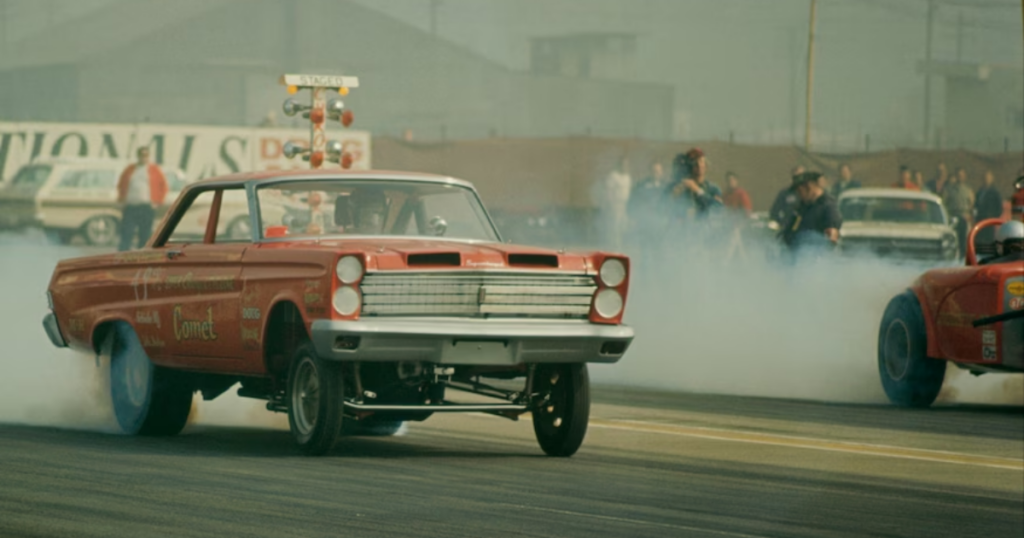
Drag racing pioneer Jack Chrisman (1928–1989) was active long before the phrase “funny car” was introduced. As a young child, his family fled the Oklahoma dust bowl and relocated to Southern California. He is the youngest of 13 children. He became involved in the Los Angeles hot rod culture and gained fame at local drag strips with a fast and flawless Ford Model A Tudor driven by a Chrysler Hemi. (Art and Lloyd Chrisman, two racers, are the nephews of Jack’s older brother Everett.) After that, he advanced fast to become a driver-for-hire, wheeling supercharged dragsters for people like Chuck Jones, Mickey Thompson, Howard Cams, and others.
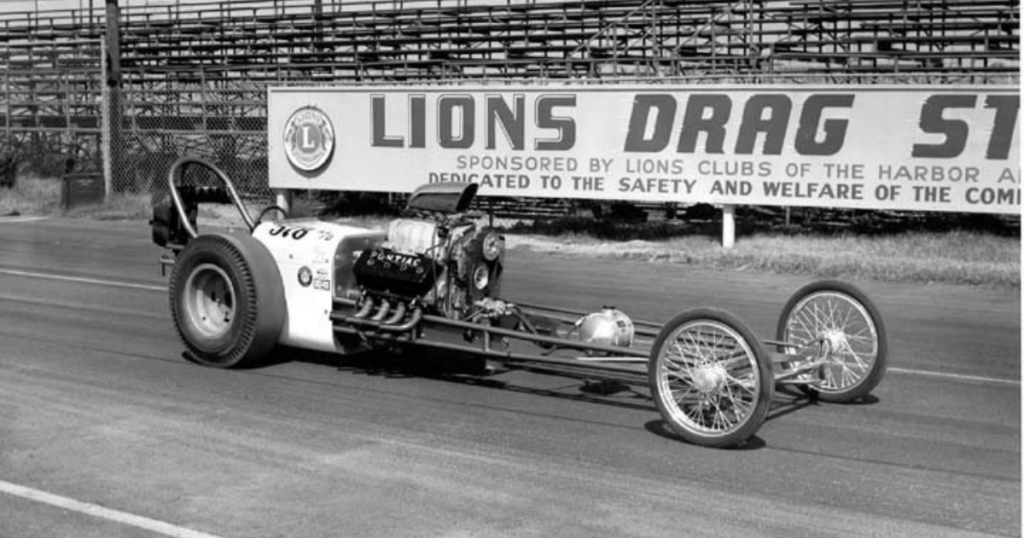
In 1962, Chrisman won the Top Eliminator at the U.S. Nationals in Indianapolis while operating Thompson’s Pontiac hemi-powered AA/Dragster. In 1961, he drove the first dragster to run in the 8-second zone.
Fran Hernandez, the head of Mercury Racing, made arrangements for Chrisman to get one of the 22 Comet lightweight hardtops with 427 V8 power manufactured by Dearborn Steel Tubing for the 1964 season so that he could compete in the NHRA’s A/Factory Experimental class. However, after years of operating blown dragsters at 180 mph, Chrisman thought the Comet’s 120 mph top speed was a little too gentle. Fernandez, in the meantime, wanted Mercury to provide a competitor for the Dodge Chargers Dragmasters, who ran a squad of Dodge sedans with superchargers. A legend was created when Chrisman, primarily relying on his rail experience, installed a full gasoline dragster drivetrain within the Comet body shell.
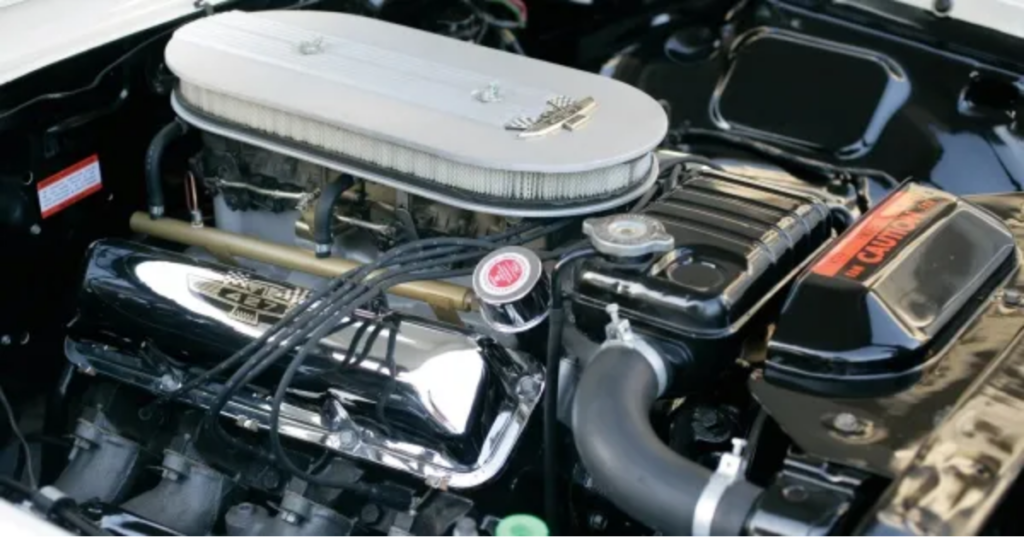
Under the Comet’s hood was a 427 cubic-inch Ford High-Riser V8 engine that was equipped with a Hilborn fuel injection system and a GMC 6-71 blower. The radiator was replaced with a three-gallon Moon gasoline tank and a cam-driven fuel pump. Reports from modern magazines state that the valvetrain and camshaft were all factory High-Riser parts. The body and chassis changes were aided by Bill Stroppe and Associates, a factory-backed race shop located in Long Beach, California. The driveline went directly to the Ford 9-inch rear axle in high gear only, which was the standard dragster configuration back then, therefore there was no transmission.
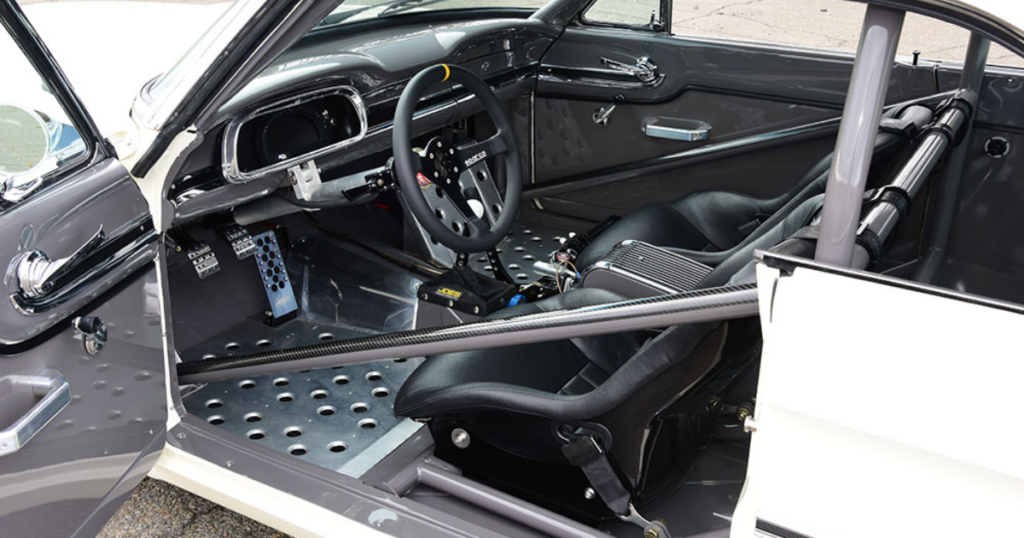
The Comet’s nearly stock appearance was a big part of its attraction for spectators. In the inside, the dash, steering column, and door panels were primarily made of Mercury manufacturing parts. A single fiberglass racing seat, a Moon hydraulic throttle pedal, and a ring pull for the Carter parachute installed in the trunk were among the few alterations. Another dragster habit was using the Hurst shifter grip to actually operate the brakes because there was no transmission.

The Comet was an unfit combination of a Detroit factory hardtop and a supercharged nitro dragster, making it unsuitable for any of the recognized drag racing classes. Although it competed in the B/Fuel Dragster class at NHRA national meetings, the car was more frequently used in exhibition events and run-what-you-brung match races.
The Comet was incredibly thrilling to witness even though it wasn’t very fast—it often ran in the mid-10 second range at 145 mph—and was powered by gasoline mixtures that contained up to 98 percent nitromethane. The audience in the stands had never seen anything like it, with a few rare exceptions (the Dodge Chargers exhibition squad and the Mooneyham & Sharp 554 gasoline coupe, to name a couple). A new drag racing class was beginning to take shape, though it wasn’t totally obvious at the moment. After a year or two, the breed would be labeled funny cars.
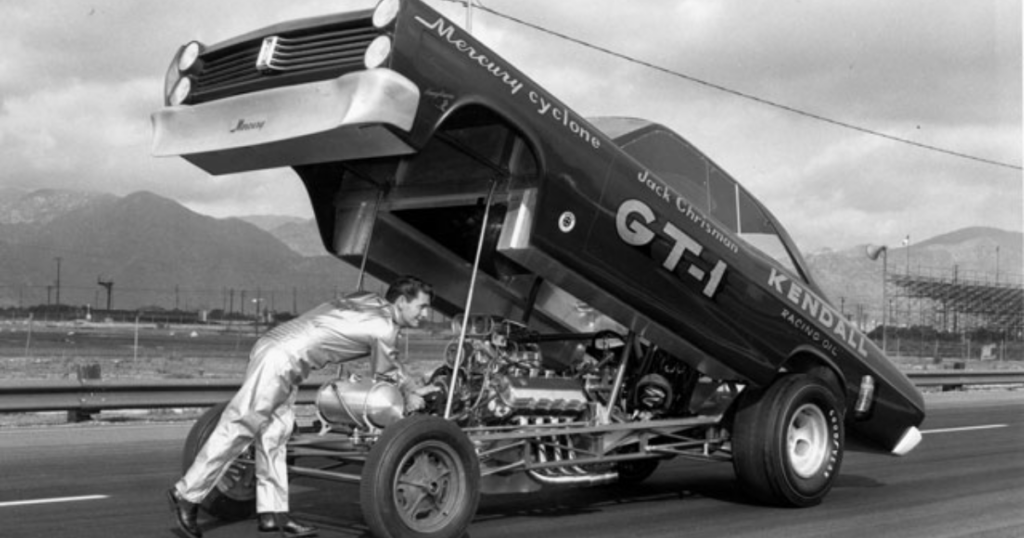
The racer who made headlines, Chrisman’s Comet, experienced a significant makeover for 1965. The 1964 and 1965 Comets were actually the same vehicle, despite the fact that many fans were unaware of this at the time due to the extensive makeover. The refrigerator-white paint scheme was changed to a stunning Candy Apple Red, and the exterior body panels were modified to the ’65 style. A new SOHC 427 Ford V8 was installed in place of the 427 High-Riser, and it was moved to the back of the chassis to place the engine’s front exactly beneath the windshield. A lightweight tubular beam axle configuration replaced the Comet factory front suspension in order to significantly reduce front end weight and enhance handling.
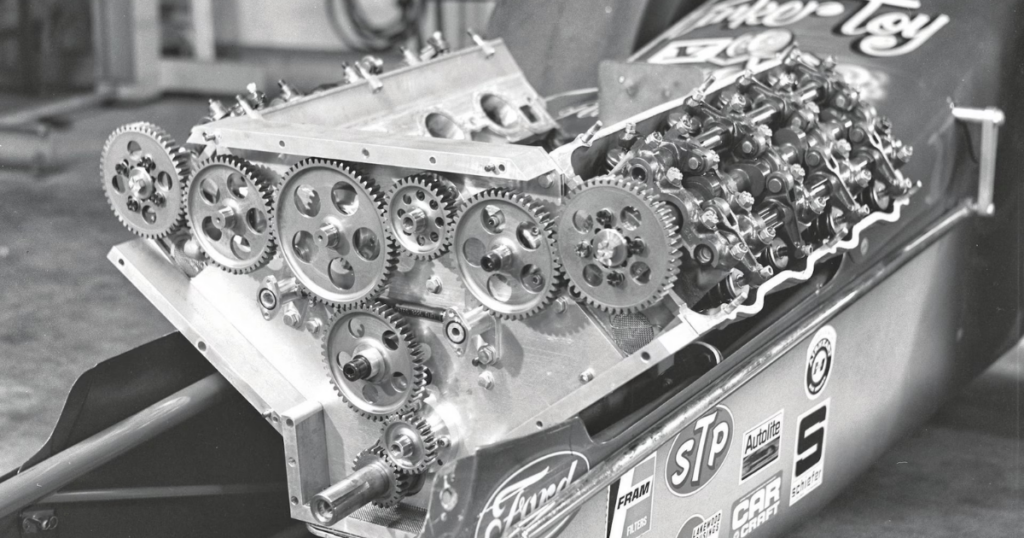
When the Comet was configured in 1965, it was even more amazing. It could reach speeds of over 160 mph in the mid-8 second range and smoke its rear tires the majority of the way down the drag strip, much like an AA/Fuel Dragster (see below). Even though Chrisman himself owned and drove a number of other noteworthy drag cars before hanging up his helmet in 1972, the 1964/65 Comet is still in existence and occasionally appears in the nostalgic drag racing scene. At the age of 61, Chrisman passed away in 1989. Chrisman was ranked number 23 on the National Hot Rod Association’s 50th anniversary list of the all-time great drag racers in 2001.



